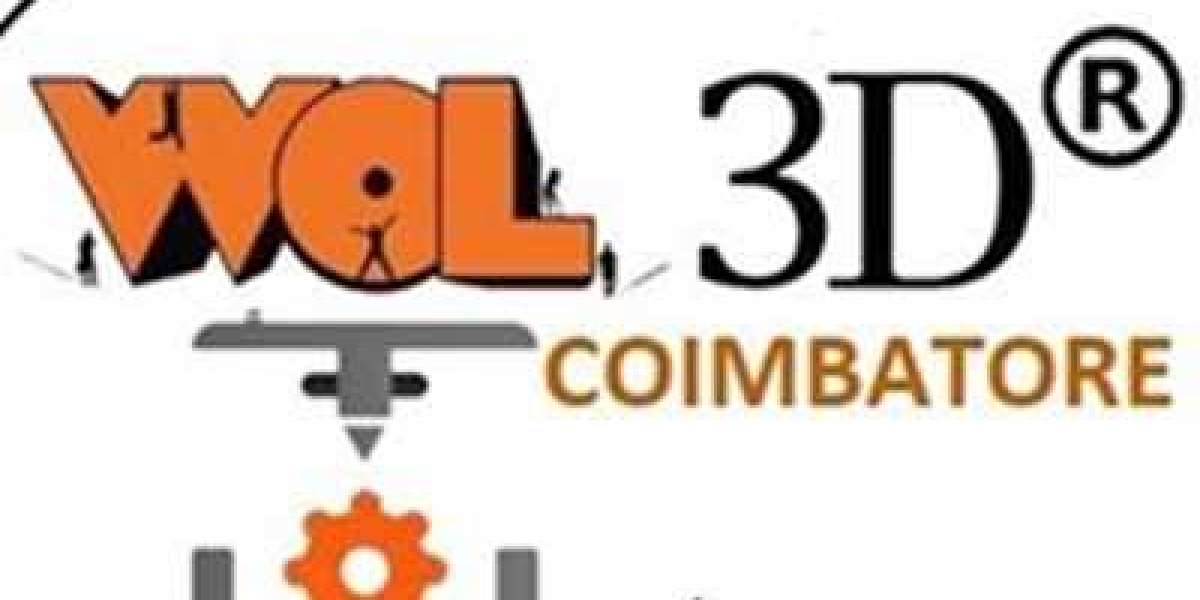In recent years, microneedle array patches have emerged as a revolutionary technology in the field of medical services and drug delivery systems. These innovative devices offer a minimally invasive method for administering vaccines and medications, making them a promising alternative to traditional injection methods.

Understanding Microneedle Array Patches
Microneedle array patches consist of tiny needles, typically ranging from 25 to 1000 micrometers in length, arranged in a specific pattern on a patch. These needles are designed to penetrate the outer layer of the skin, known as the stratum corneum, without reaching the nerve endings, thus minimizing pain and discomfort. But how do these patches work?
Mechanism of Action
The primary function of microneedle array patches is to facilitate the delivery of therapeutic agents through the skin. When applied, the microneedles create microchannels that allow drugs, vaccines, or other substances to enter the bloodstream. This method not only enhances the bioavailability of the drug but also improves patient compliance due to its ease of use.
- Rapid Absorption: The microchannels created by the microneedles allow for faster absorption compared to traditional oral or injectable routes.
- Reduced Pain: Since the needles do not penetrate deep into the skin, patients experience significantly less pain.
- Self-Administration: Patients can easily apply these patches themselves, promoting independence and convenience.
Benefits of Microneedle Array Patches
The advantages of using microneedle array patches extend beyond just patient comfort. Here are some key benefits:
- Enhanced Vaccine Delivery: Microneedle patches can improve the immune response to vaccines, making them particularly useful in public health initiatives.
- Targeted Drug Delivery: These patches can be designed to release drugs at specific rates, allowing for controlled and sustained release.
- Minimized Risk of Contamination: The single-use nature of these patches reduces the risk of infection associated with traditional needles.
Applications in Modern Medicine
Microneedle array patches are being explored for various applications, including:
- Vaccination against infectious diseases
- Chronic disease management, such as diabetes
- Cosmetic applications, including anti-aging treatments
The Future of Microneedle Array Patches
As research continues, the potential for microneedle array patches is vast. Innovations in materials and design are expected to enhance their effectiveness and broaden their applications. With ongoing advancements, these patches may soon become a standard method for drug delivery in both clinical and home settings.
In conclusion, microneedle array patches represent a significant leap forward in medical technology. Their ability to provide a painless, efficient, and effective means of drug delivery holds great promise for the future of healthcare. As we continue to explore their capabilities, we may find that these small devices can make a big impact on patient care.








